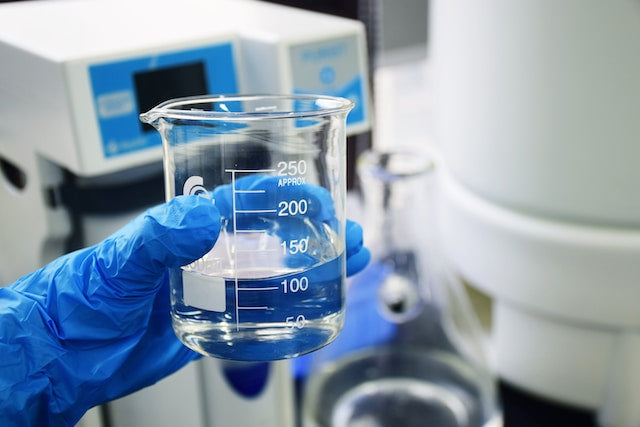
Top 5 Groundwater Testing Pitfalls
Groundwater analysis testing is a crucial process that helps us understand the quality and safety of our water sources. It provides valuable information about the presence of contaminants and helps us make informed decisions to protect public health. However, there are several pitfalls that can hinder the accuracy and reliability of groundwater analysis testing. In this blog post, we will explore some of these pitfalls and discuss how to overcome them.
1. Sampling Errors
One of the most common pitfalls in groundwater analysis testing is sampling errors. These errors can occur during the collection, handling, and storage of water samples. Improper sampling techniques or contaminated sampling equipment can lead to inaccurate results. To minimize sampling errors, it is essential to follow standardized protocols and use clean, sterilized equipment for sample collection.
2. Contamination
Contamination is another significant pitfall in groundwater analysis testing. Contaminants can enter the water samples from various sources, such as the sampling equipment, storage containers, or even the laboratory environment. To prevent contamination, it is crucial to use high-quality, certified equipment and follow strict quality control measures during sample collection, transportation, and analysis.

3. Interferences
Interferences can also affect the accuracy of groundwater analysis testing. Interferences occur when other substances in the water sample interfere with the analysis of the target analytes. For example, high levels of dissolved solids or organic matter can interfere with the detection of specific contaminants. To overcome interferences, it is important to conduct thorough pre-treatment of the samples and use appropriate analytical techniques that can minimize or eliminate interferences.
4. Analytical Method Limitations
Every analytical method has its limitations, and groundwater analysis testing is no exception. Different methods may have different sensitivities, detection limits, and interferences. It is crucial to select the most appropriate analytical method based on the specific contaminants of interest and the required detection limits. Regular method validation and quality control checks are also essential to ensure the reliability of the results.
5. Data Interpretation
Even with accurate and reliable analytical results, data interpretation can be challenging. Groundwater analysis testing often involves complex data sets and requires expertise in understanding the significance of the results. It is important to consult with experienced professionals who can interpret the data correctly and provide meaningful insights for decision-making.
